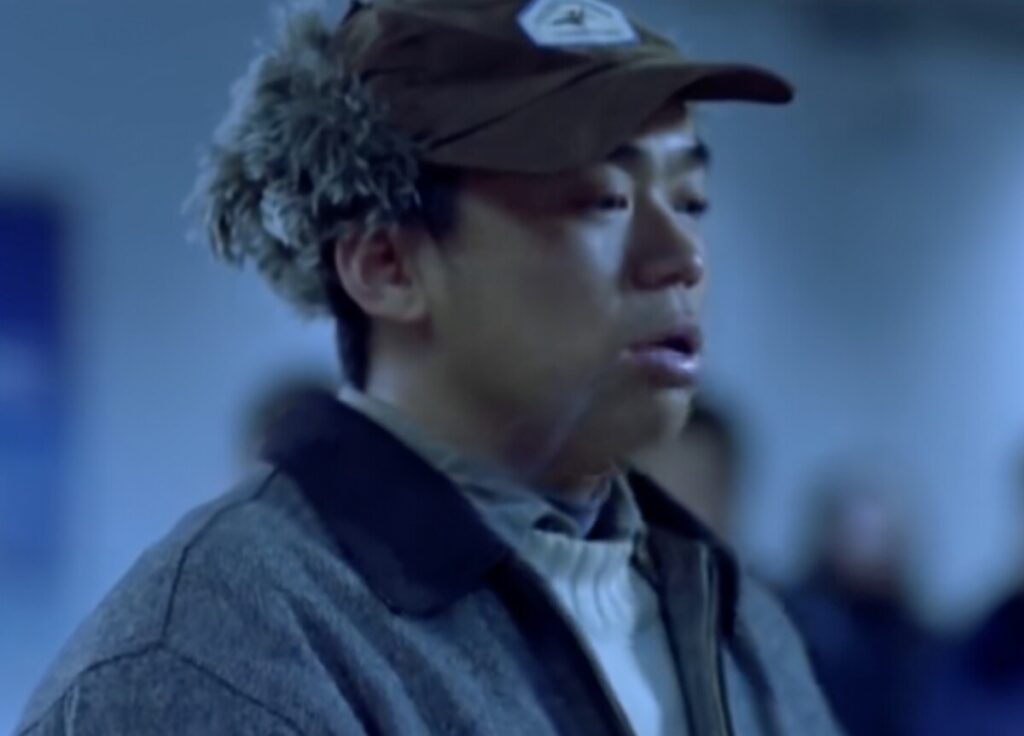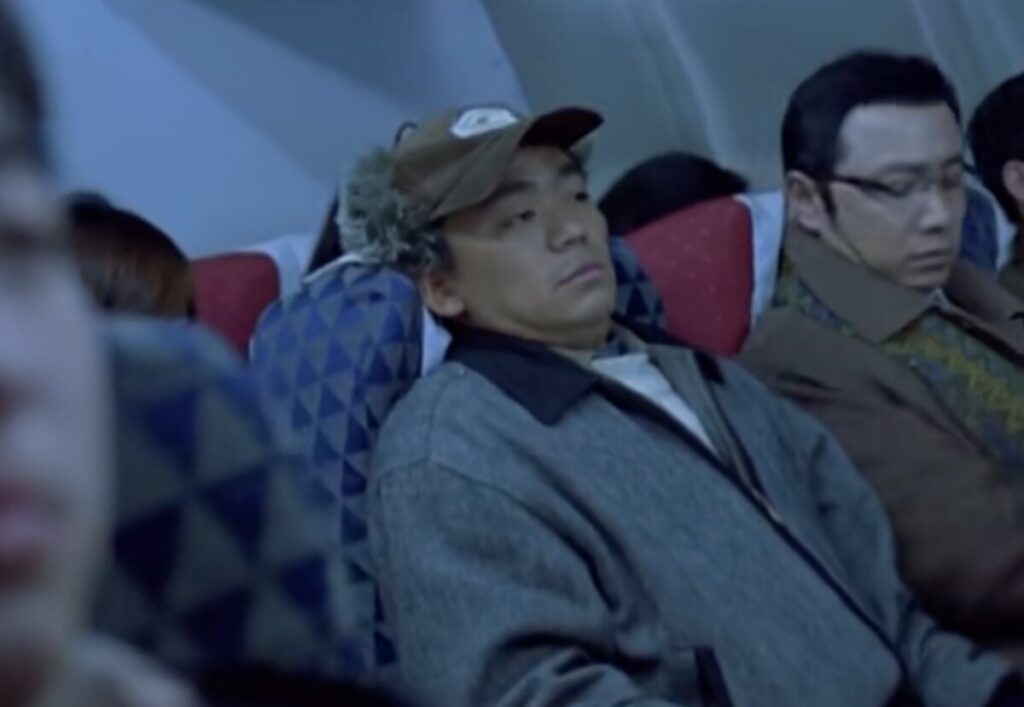You probably have heard about editing through short video clips on social media, or you may have noticed the changes from shot to shot in a thriller. Filmmakers tend to use cuts to reveal the relation and continuity between shots. Editing is one way for the filmmaker to guide audiences’ attention from plot to plot, and the reasons for using cuts are: shifting time and space, and making scenes of the perspective.
A cut might be used for the purpose of shifting time and space. The reason for not directing the whole process of the character transferring from one place to another is to shorten the time and cut off the meaningless part of the movie. Take one famous comedy in China, Lost on Journey, as an example.


Shot A introduces the main character, Geng Niu, who drinks a whole bottle of fresh milk because he does not realize that he can’t take any liquid on the plane until he is at the security check. This shot shows the characteristics of Geng to the audience and starts to deliver a sense of humor. In Shot B, Geng was already on the plane, feeling uncomfortable, and was willing to “open” the window. The cut between these two shots eliminated the check-in process, as it serves no meaningful plot for delivering this story. More than delivering the story, a cut can also describe the spatial relation of objects, the similarity between shots, the length of the shot, or appeal to the emotion of the audience.
Another use of cut is to make sense of the perspective and manipulate the overall feeling of the movie. We’ve learned about Eyeline Match in cinematography, which is essentially using shots to cut from one’s eye-line to the scene or object that one is looking at. Things like the Eyeline Match serve to continuity of the film, that is, making shots of the film go more smoothly without a sudden jump. More than Eyeline Match, other editing technique such as POV shot or establish shot are used to better connect shots. In the movie Rare Window, the shot of the main character using a binocular to look at the murderer’s window, and the binocular-like shot serves as an example of a POV shot.
Even though editing is so powerful, there are plenty of situations in which bad editing could hinder the audience’s understanding of the whole plot. So the application of cinematography and mise-en-sense are of huge importance for making a good edition. Whether to make a contrast or comparison sometimes depends on how shots and the mise-en-scene were filmed. So, determining which type of cut to use is crucial to filmmakers. However, nobody loves a pale movie, so, how do filmmakers balance continuity and suspension?